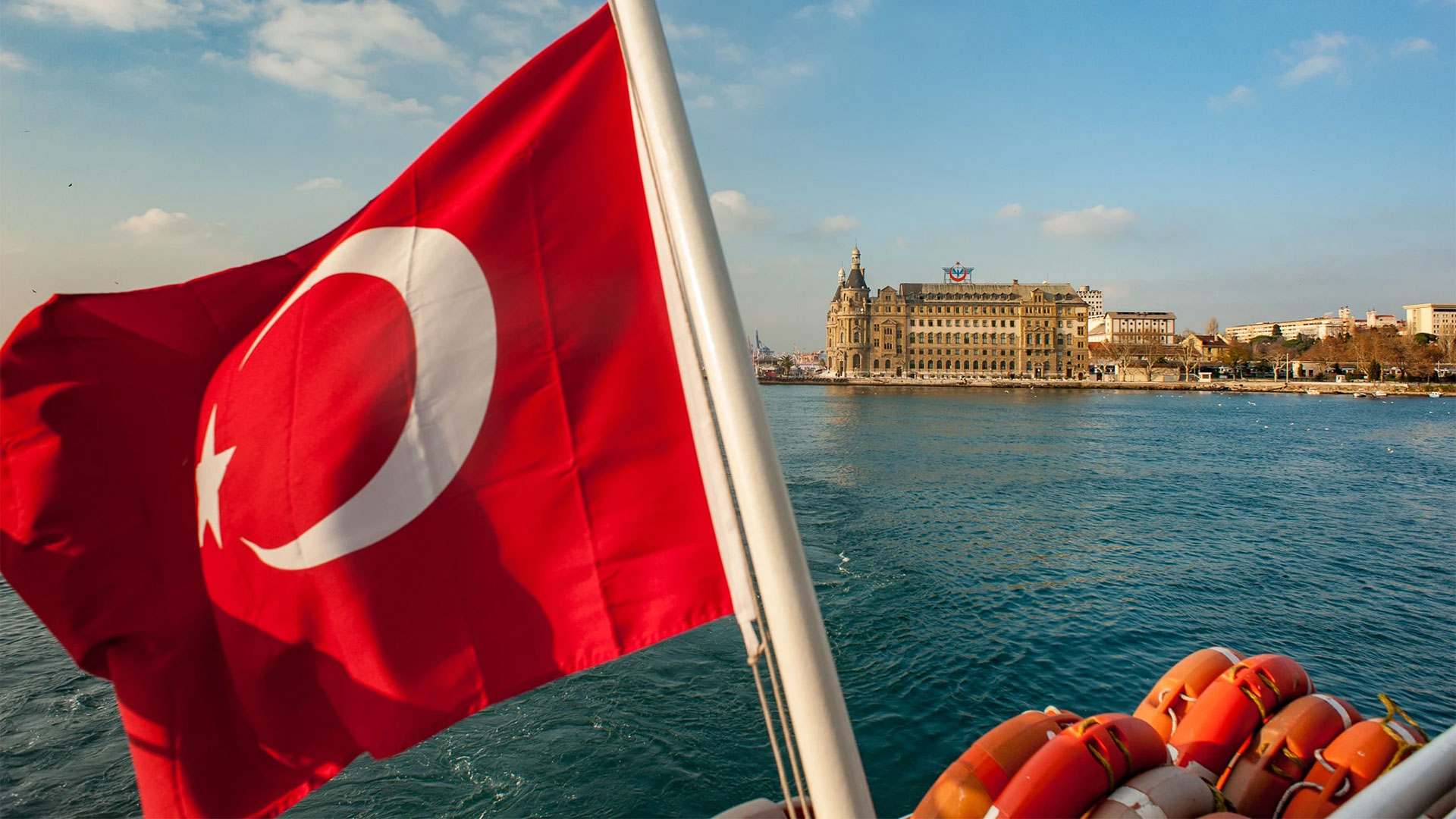Flags Fly High
Former American Senator John Thune says the following words for the American flag; “I believe our flag is more than fabric and ink. This is the symbol of international recognition of our freedom and independence. Our nation's history has been marked by the blood of those who died to protect it.” Of course, these ideas do not belong only to the American Senator. People of all nations ascribe similar meanings to their flags. Independence, freedom, struggle, perhaps a defeat that wrote the history of the nation… It is possible to find traces of all these in the flags. The history of nations is hidden in the colors of the flags and the symbols on them. It is thought that disrespect to the flag is done to an entire nation. Of course, the flag that we attribute such great meanings must also take on a material form. Have you ever thought about how the flag, which we value symbolically, is produced and what is it produced from?
.jpg)
Flags had important meanings in the past just as they do today. Especially in wars, each community would carry their own banners, and they would fight hard not to fall into the hands of the enemy due to its spiritual meaning. Flags have been produced in many different shapes and materials throughout history. For example, in Ancient Egypt, flags were made using planted grass or leaves. In addition, in the Ancient Greek and Roman periods, flags were produced using fabrics that had undergone special processes. Flags made of fabric remained popular for many years. This was because there was no better alternative. When the use of polyester became widespread, then the color of the work changed! Polyester flags are a better choice than their fabric counterparts because they are more durable. Polyester is more resistant to low humidity and high temperatures and keeps its form intact. Flags made of fabric are more sensitive and there is a risk of swelling in case of high humidity. Also, flags made of fabric are less durable and may need to be replaced more often. Being waterproof and being much lighter than fabric can be counted as another advantage.
.jpg)
Of course, the only use of flags is not national representation. Events, workplaces, election periods, in short, they have endless usage areas. For example, a plastic flag can be hung in front of a store, at the entrance of a hotel, or above a company building. The vivid nature of plastic flags makes them indispensable for any event. We owe this ease of use and endless variety to polyester materials. Thanks to their low cost, we can produce as much as we want and apply the endless pattern on them.
Of course, our waving flag makes us all proud. Plastic technologies that enable us to protect the flag from external factors and to produce it in the size and quality we want deserve a thank you, even if it doesn't make us feel proud, for the convenience they provide to our lives.



